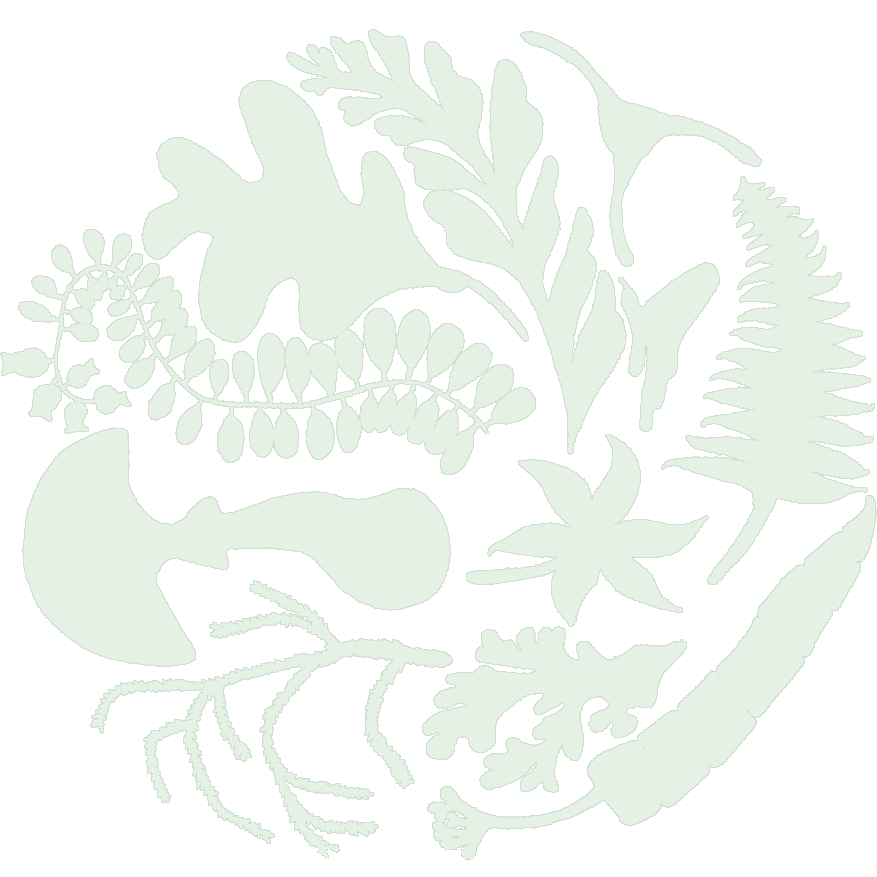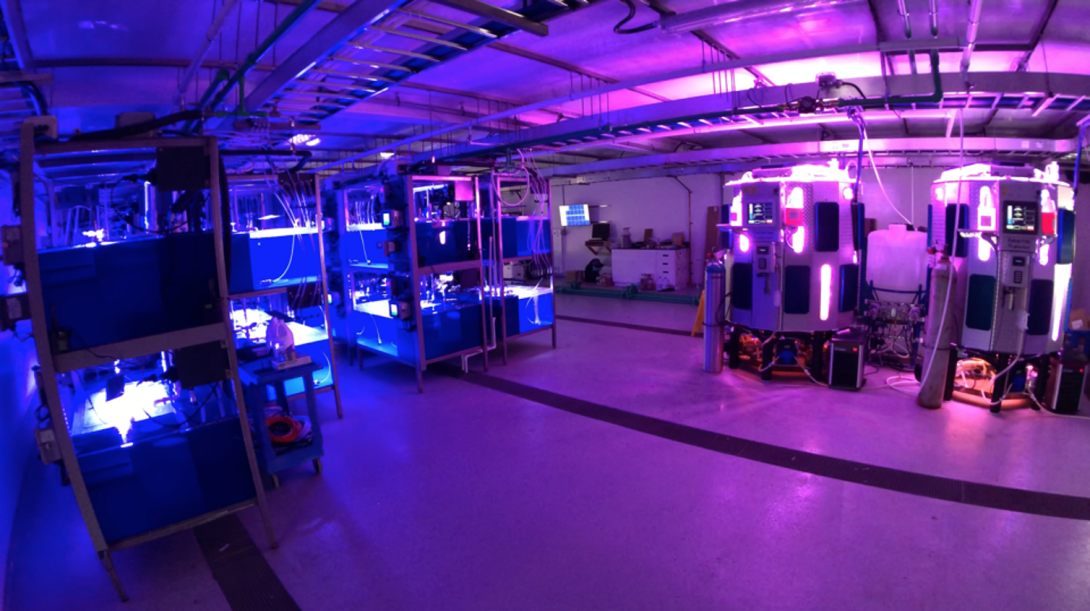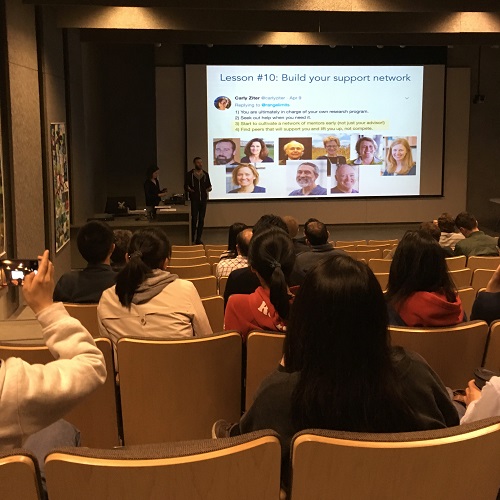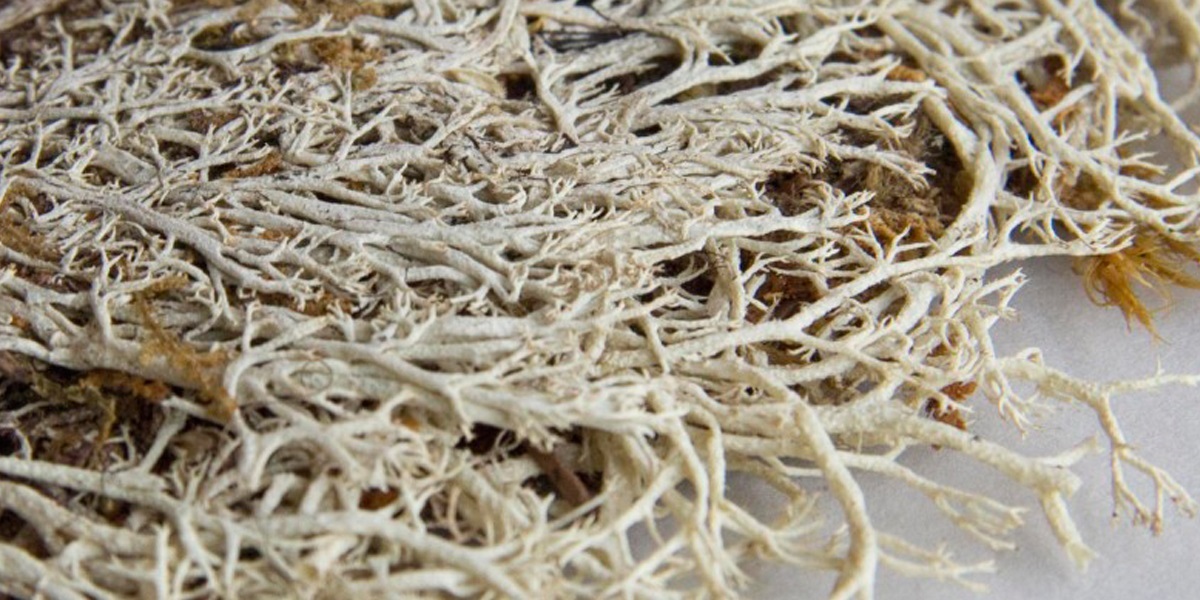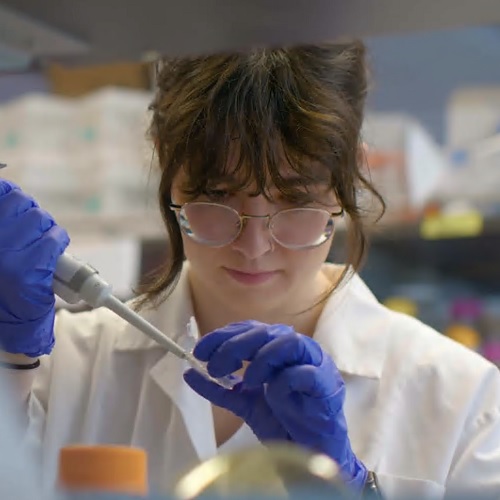FROM MOLECULES TO BIODIVERSITY
The Botany Department at UBC’s Point Grey campus is on the traditional, ancestral, and unceded territory of the hən̓q̓əmin̓əm̓ (hunq’umin’um’) speaking xwməθkwəy̓əm (Musqueam). We are working to understand and address harmful colonial legacies that have affected our current ways of teaching and conducting research, by listening and learning how to strengthen Indigenous voices in our classrooms and workspaces, and by building trust and partnerships with Indigenous scholars and communities. We recognize that this is a work in progress. We appreciate that making space for Indigenous knowledge and perspectives will support a deeper understanding of our relationships with plant, fungal and microbial life on Earth.You can learn more about the Musqueam here: https://www.musqueam.bc.ca/our-story/
